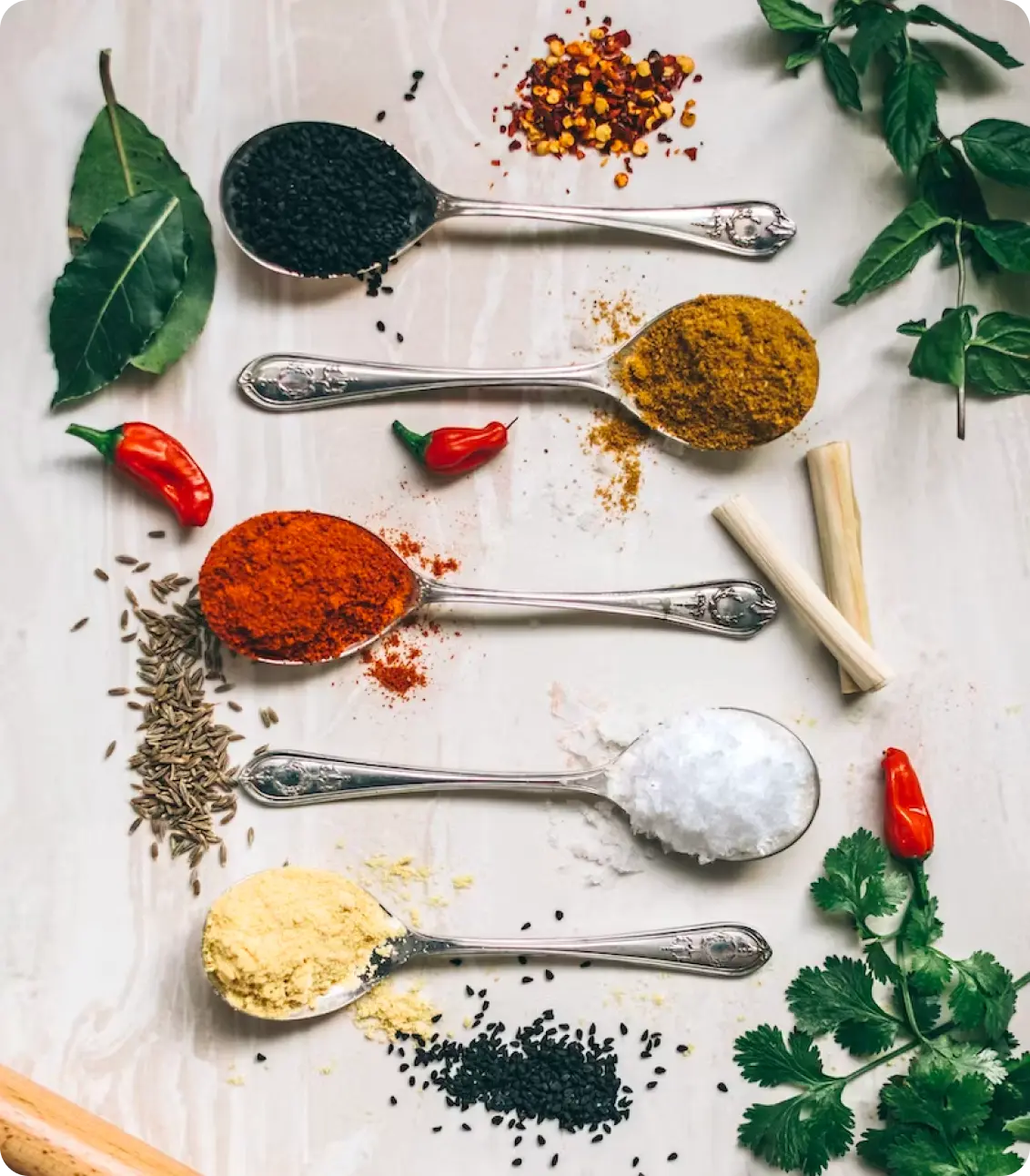
Für viele Frauen ist der Menstruationszyklus ein monatliches Mysterium – mal beherrschbar, mal überwältigend. Ayurveda bietet jedoch eine wunderbare ganzheitliche Perspektive, um zu verstehen, was jeden Monat im Körper passiert, indem man die Rhythmen der Natur, die Doshas (Vata, Pitta und Kapha) und ihren Einfluss auf jede Zyklusphase beobachtet.
Lassen Sie es uns aufschlüsseln:
1. Menstruationsphase (Tag 1–5): Die Herrschaft von Vata
Der Menstruationsfluss ist ein abwärts gerichteter Prozess , der durch Vata-Dosha gesteuert wird , das für Bewegung und Ausscheidung verantwortlich ist.
Schmerzen während der Periode? Heißhunger auf Süßes? Fühlen Sie sich müde und ausgetrocknet?
Dies sind keine Zeichen von Stärke, sondern Anzeichen eines Vata-Ungleichgewichts . Viele von uns glauben mittlerweile, dass Regelschmerzen normal sind, aber aus ayurvedischer Sicht sind Schmerzen der Schrei des Körpers nach Gleichgewicht.
Häufige Anzeichen eines Vata-Ungleichgewichts während der Menstruation:
-
Heißhunger auf Süßes
-
Verstopfung oder weicher Stuhl
-
Leichter, gestörter Schlaf
-
Trockenheit, Müdigkeit, Angst
Ayurvedische Gebote und Verbote für die Menstruationsgesundheit:
-
❌ Vermeiden Sie umgekehrte Yoga-Stellungen oder intensive Übungen während der Menstruation – dies kann den Vata-Fluss umkehren und langfristige Ungleichgewichte verursachen.
-
🛏 Ruhe ist wichtig. Überanstrengung in dieser Zeit kann die reproduktive Gesundheit beeinträchtigen und langfristig zu Fruchtbarkeitsproblemen oder der Abhängigkeit von medizinischen Eingriffen wie IVF führen.
-
🍲 Nähren Sie Ihren Körper mit warmen, öligen und erdenden Lebensmitteln – denken Sie an Ghee, gedünstetes Gemüse und Kräutertees.
-
🚫 Verzichten Sie möglichst auf Schmerzmittel. Sie können zwar die Symptome verschleiern, beheben aber nicht das zugrunde liegende Ungleichgewicht.
2. Postmenstruationsphase (Tag 5–14): Der Kapha-Anstieg
Wenn der Östrogenspiegel steigt, beginnt der Körper, Gewebe und Energiereserven wieder aufzubauen – ein Prozess, der durch das Kapha-Dosha angetrieben wird .
Möglicherweise bemerken Sie, dass Ihre Haut strahlt , Ihr Haar kräftiger wird und Ihre Energie zurückkehrt .
Ein Übermaß an Kapha kann jedoch zu Folgendem führen:
-
Schweregefühl im Körper
-
Blähungen oder Wassereinlagerungen
-
Lethargie oder geringe Motivation
-
Gewichtszunahme
Dies ist eine wunderbare Zeit, um Ihr System mit leichten, frischen Lebensmitteln und sanfter körperlicher Aktivität zu unterstützen, um Kapha im Gleichgewicht zu halten.
3. Nach dem Eisprung bis vor der Menstruation (Tag 14–28): Pitta übernimmt
In dieser Phase bereitet sich der Körper auf eine mögliche Schwangerschaft vor , wobei sich Blut und Gebärmutterschleimhaut bilden . Dabei wird Pitta-Dosha , das den Stoffwechsel und die Transformation steuert, dominant.
Wenn Pitta aus dem Gleichgewicht gerät, kochen die Emotionen hoch, es kann zu Hautausschlägen kommen und die klassischen PMS-Symptome treten auf.
Anzeichen eines Pitta-Ungleichgewichts:
-
Reizbarkeit, Frustration
-
Stimmungsschwankungen
-
Akne oder Hautempfindlichkeit
-
Hitze oder Entzündung im Körper
Jetzt ist es Zeit, sich zu entspannen – im wahrsten Sinne des Wortes. Setzen Sie auf eine Pitta-beruhigende Ernährung : kühlende Lebensmittel wie Gurke, Kokosnuss und Kräutertees wie Rosen- oder Minztee. Achten Sie auf ruhige, bodenständige Routinen und vermeiden Sie übermäßige Stimulation.
🌿 Ayurvedische Linderung von Regelschmerzen
Wenn Schmerzen auftreten, greifen Sie zu einem natürlichen Heilmittel, das in der ayurvedischen Tradition bewährt ist:
-
Mischen Sie ½ bis 1 Teelöffel Hingvastaka Churna mit ½ Teelöffel Ghee
-
In einer Tasse Wasser aufkochen, warm trinken bei schmerzhaften Perioden
-
Dies erleichtert die Verdauung, entspannt die Bauchspannung und löst Vata-Blockaden.
🌙 Lifestyle-Tipps für einen gesunden Zyklus
-
🕙 Schlafen Sie bis 22 Uhr, um den Hormonhaushalt auf natürliche Weise zu unterstützen
-
🧘♀️ Bei Frauen, die intensiv trainieren, kann es sein, dass ihre Periode vorzeitig ausfällt – das ist ein Vata-Zeichen. Gleichen Sie hohe Aktivität mit Ruhe und Nahrung aus.
-
🔄 Halten Sie sich an einen gleichbleibenden Tagesablauf – regelmäßige Mahlzeiten, Schlaf und Selbstpflege tragen dazu bei, die Doshas im Gleichgewicht zu halten
Abschließende Gedanken
Der Menstruationszyklus ist nicht nur ein Fortpflanzungsrhythmus – er ist ein monatliches Zeugnis darüber, wie gut Ihr Körper das Gleichgewicht hält.
Indem Sie jede Phase mit der richtigen Ernährung, Lebensweise und Einstellung würdigen, können Sie Schmerzen lindern, Ihr emotionales Wohlbefinden verbessern und Ihre hormonelle Gesundheit langfristig schützen.
Ayurveda erinnert uns daran: Ihr Zyklus ist Ihre Stärke – wenn Sie auf ihn hören.




